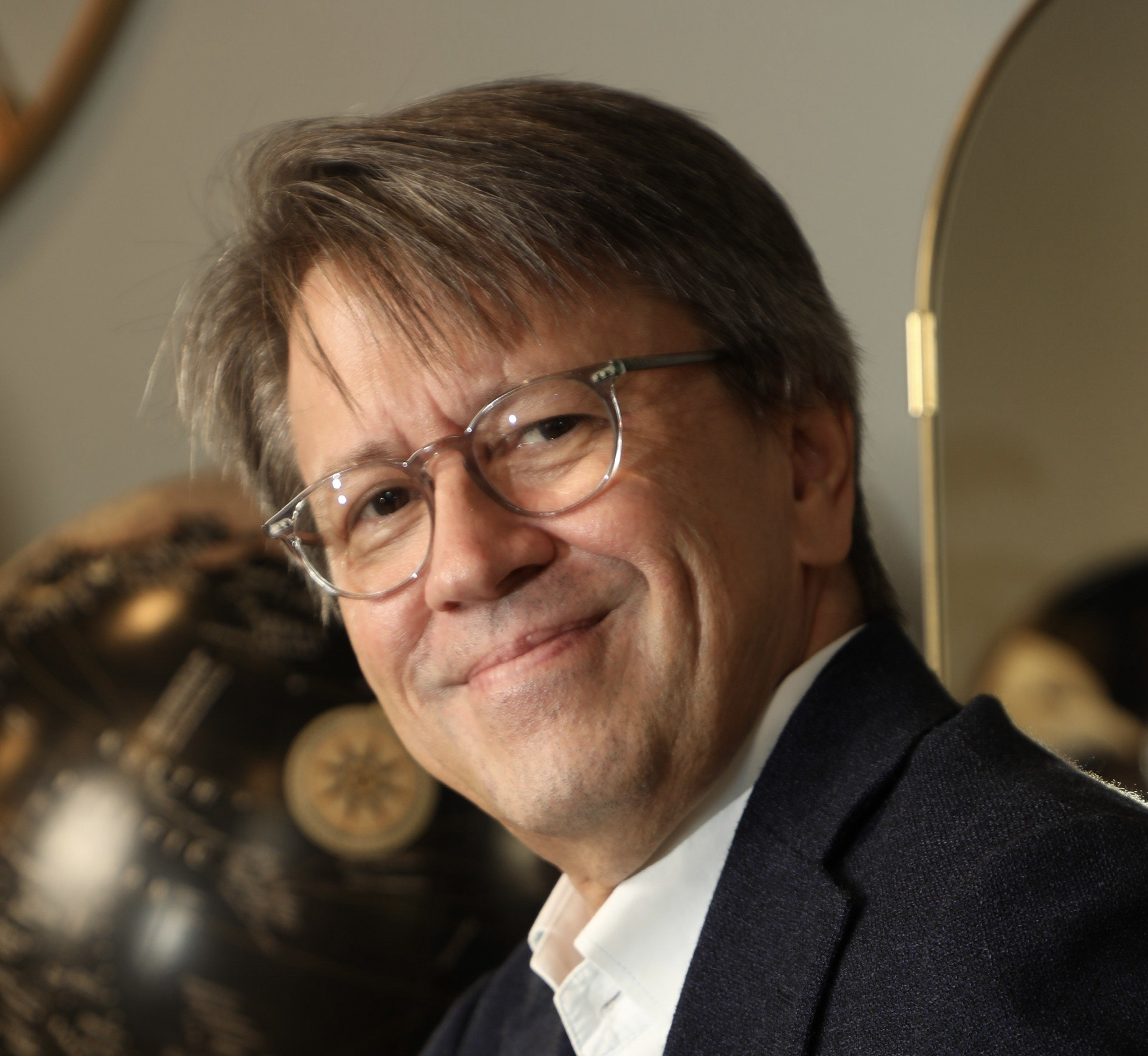
When we think of Grand Seiko, we tend to think of Japanese culture. It is indeed this culture that sets the watchmaker apart from much of the rest of the world. This makes sense, we always hear about the special Zaratsu finishing or the very particular influence of specific locations and places and times. All this is because in this culture, beauty and nature are immersive rather than just seen from afar. Beauty is lived and lived in, not just viewed.
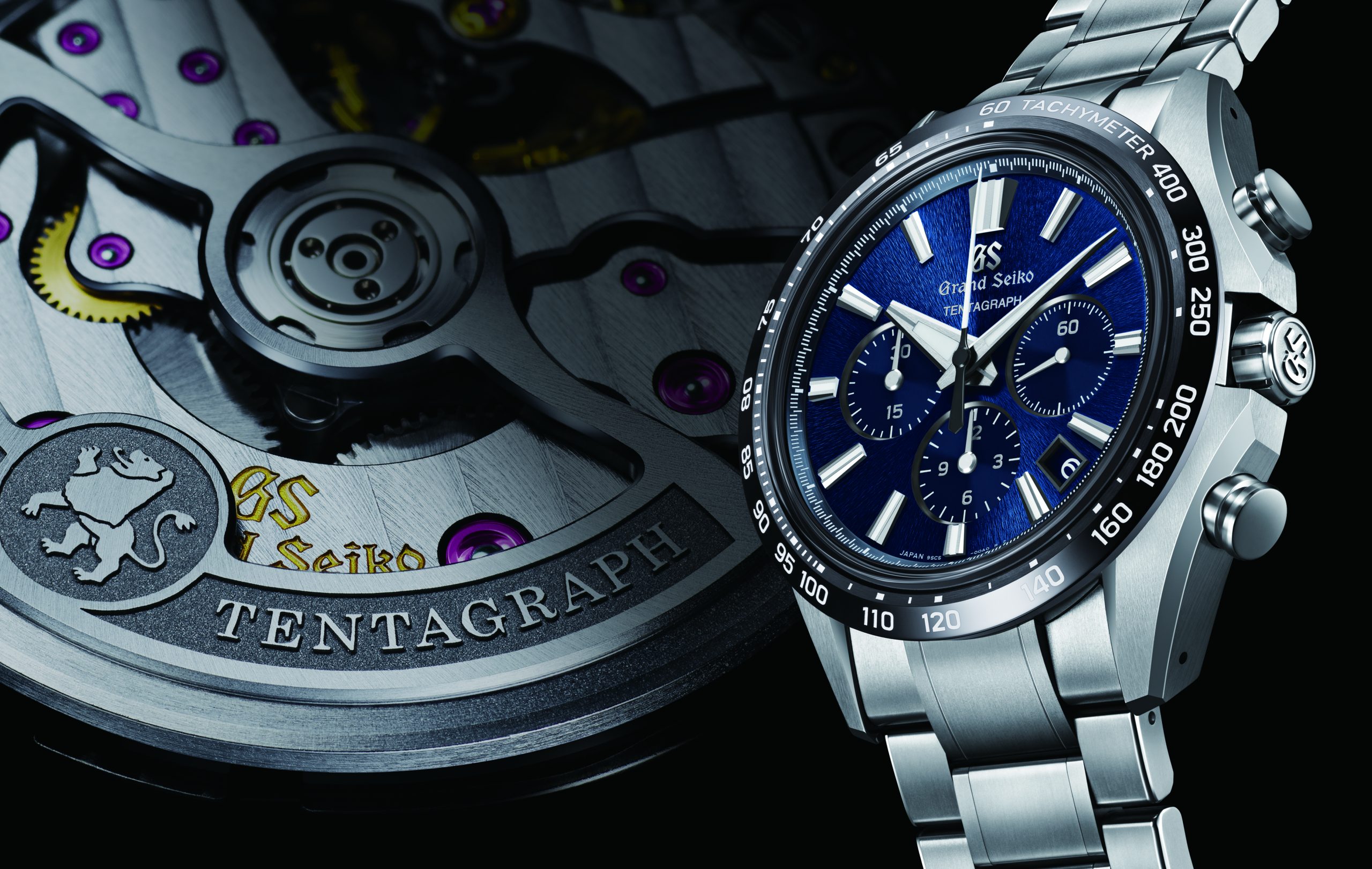
Take the Tentagraph. Reference SLGC001. They speak of it as having a dial inspired by Mt. Iwate, which the watchmakers see through the windows of the Grand Seiko Studio Shizukuishi. But that inspiration takes the form of a kind of sunburst pattern with deep ridges, which is what the watchmakers see in the contours of the mountain. In terms of time, the blue hue is meant to bring forth the gentle night sky above them. So it is a place and a time and how it is taken in.
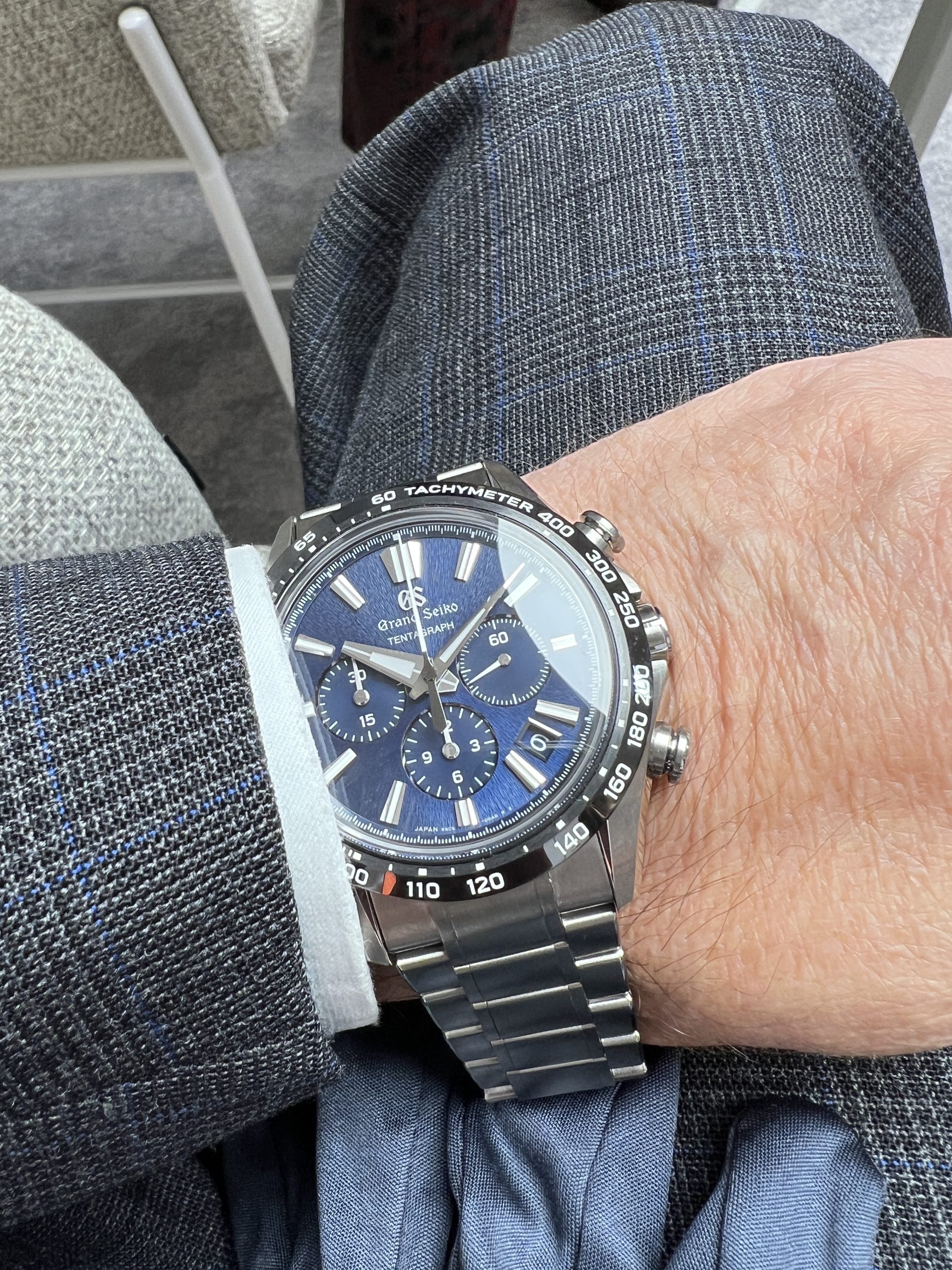
But there is other culture that sits within the hearts and minds of Grand Seiko and their watchmakers. Past the snowflakes and the white birches and the birch barks and all, there is a deep culture of craftsmanship and the selflessness that comes from dedicating yourself to something greater. This is evident yes in the polishing that appears in this watch and others, it appears in the finishing of hands and indexes so brilliant and elaborate that their classic and elegant pieces with no luminescent material are amazingly legible as the sun goes down. It is there even in the parts and pieces you don’t see, in the finishes but also in the processes and the development and the drive to just challenge and improve.
Now think about how the attitude we see, visually, in the dials and the finishing and applying it to what we don’t see. By people with the same level of dedication and selflessness.
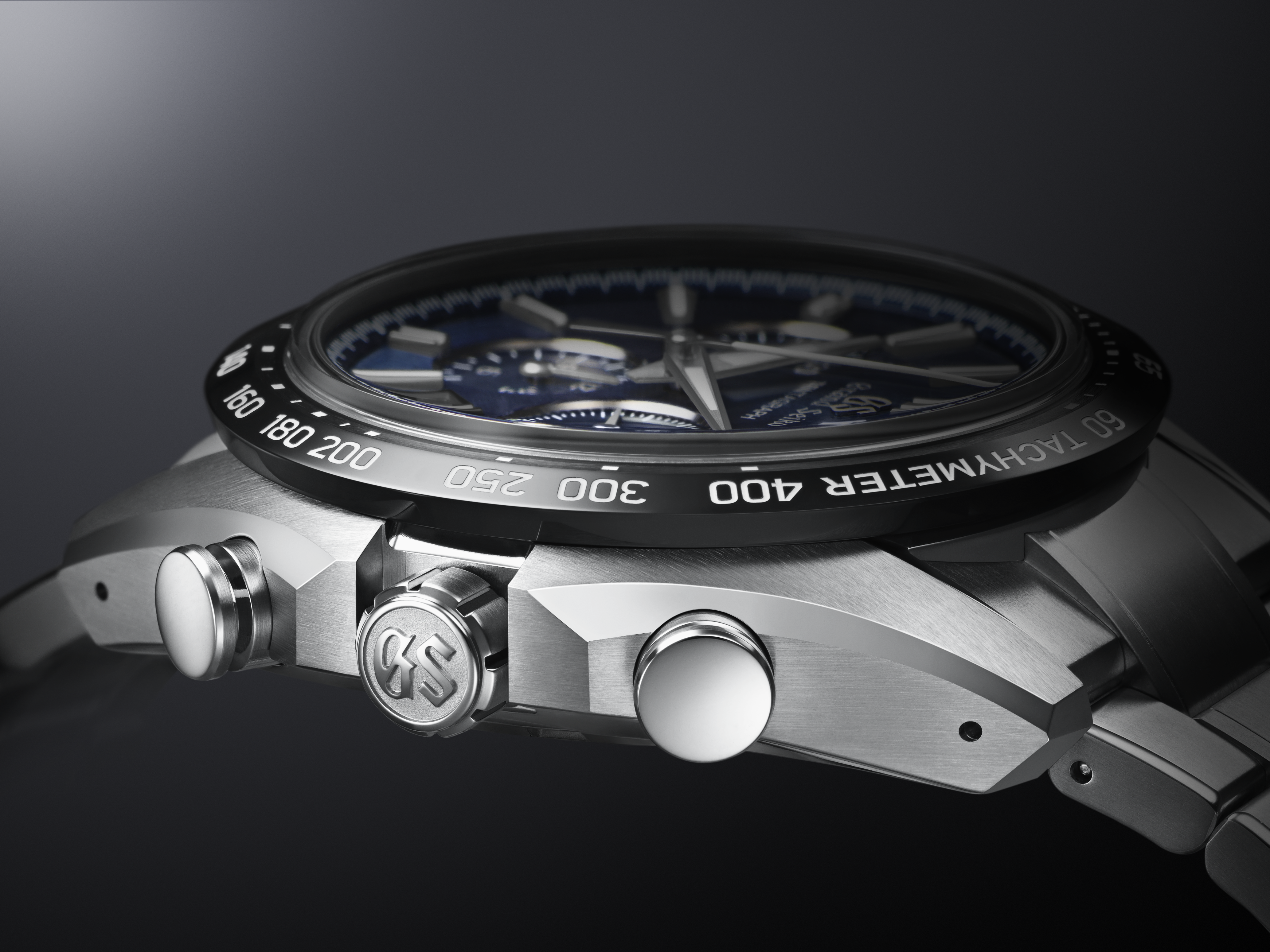
You get a watch like the Tentagraph, which was a frontrunner for the 2023 Grand Prix D’Horlogerie de Geneve for the Chronograph Category. It is both evolutionary (it is actually part of the Evolution 9 family) and revolutionary. It is a sports category watch yet it brings a level of elegance and luxury because of the detail work and the choices. You can point to certain things, such as the more elegant (and nicely aligned) chronograph pushers but it is a more all-encompassing or holistic feel and look to the watch that makes it give off that more premium aura. It is also lighter, thanks to the use of titanium for the wonderfully-finished case and bracelet.
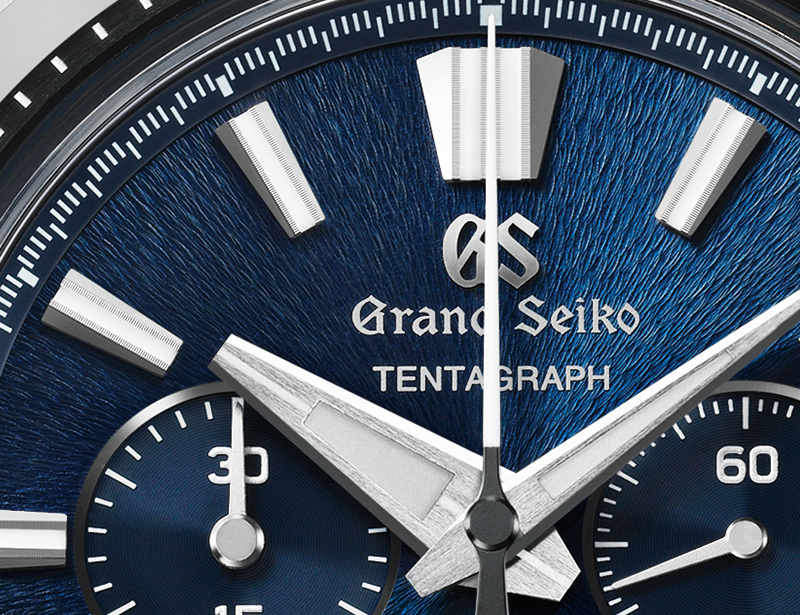
The name of the watch is actually key here, Tentagraph. It represents a challenge they had to conquer. The TEN stands for ten beats a second, which is great for accuracy and precision but not so helpful for power reserve. So the fact that the T stands for three days of power reserve (even with chronograph operation) is a big deal. The new Calibre 9SC5 that is another name of Tentagraph is based on the 9SA5 which provides the 10 beat and relatively slim base with an impressive power reserve thanks to twin barrels and a dual impulse escapement that transfers energy both directly (from escape wheel to balance)
and indirectly (conventional, pallet fork). The 9SA5 base has a power reserve of around 80 hours, the 9SC5 gains the chronograph function but is still rated at a surprising 72 hours. The last part of the name by the way stands for Automatic chronoGRAPH, and even that is important. From the launch the watch have had the highest power reserve of any 10 beat chronograph in the industry.

There is a question as to why Grand Seiko had to do this, to create a fully mechanical chronograph with such a high level of accuracy when they had within their walls both Quartz and Spring Drive technologies. It is perhaps that constant drive for improvement combined with the fact that the growing legion of interested enthusiasts really wanted one. So for this project they set a very high bar. And to keep it, they added another new and even longer testing procedure for the watch. All Grand Seiko mechanical movements get assessed for time-of-day accuracy over a period of 17 days and in six different positions and at three different temperatures. The Tentagraph adds three days to make sure it can still meet the +5 to -3 seconds per day standard. With the chronograph running.
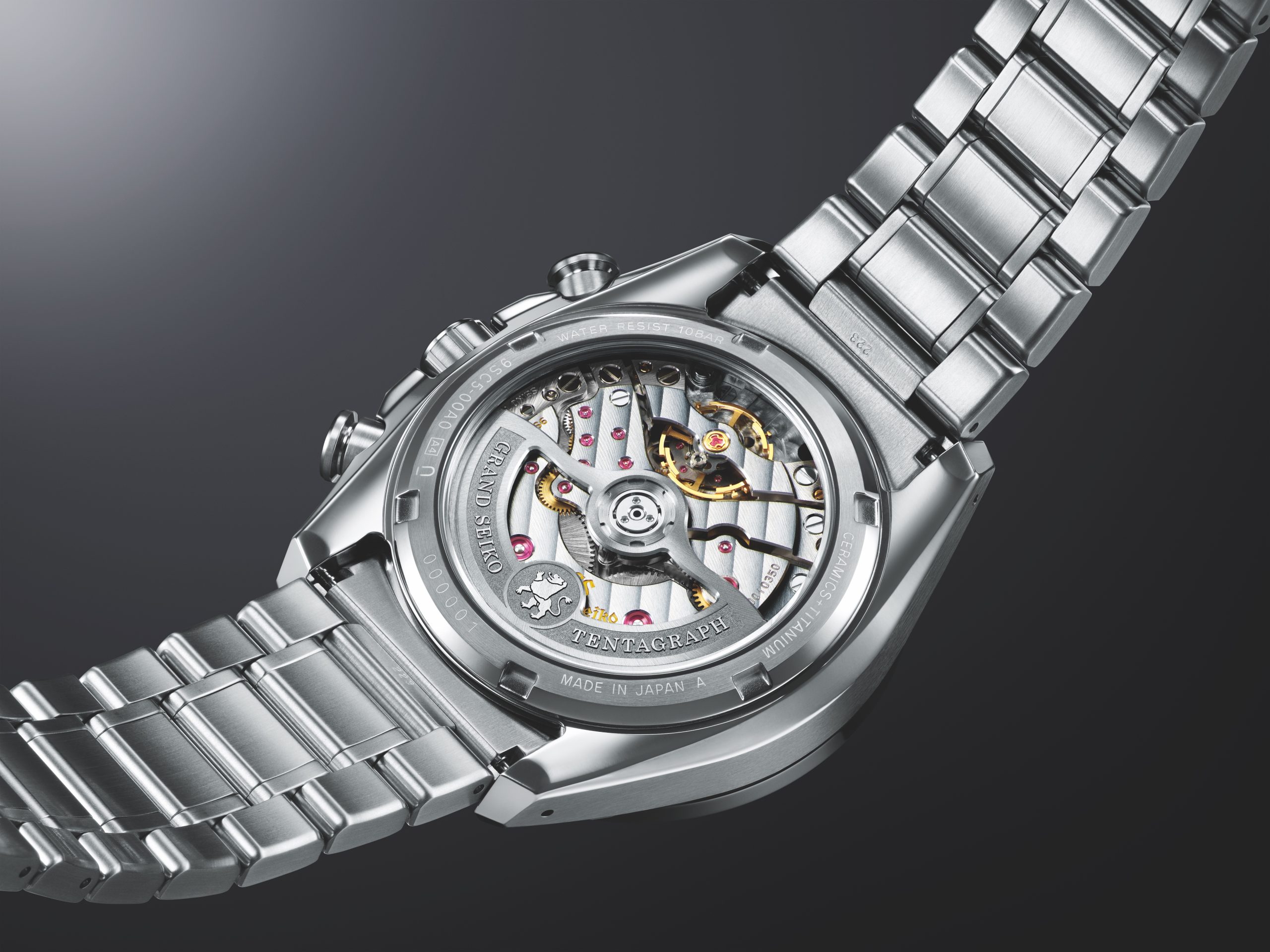
So what we have with the Tentagraph is really rather unique, and it is unique past the nature-inspired dials and details that enthusiasts use as nickname. It does have the nods to the inspiration of the world around the watchmakers, of course. The textured dial on the front but also through the exhibition back. The chronograph mechanism is dial-side, so you still have the extremely well-finished movement design for which the 9SA5 was so well known, with the curving bridge outline inspired by a bend in the Shizukuishi river.
But deep inside the watch are the things that perhaps identify Grand Seiko and the culture behind it even more. The technical and technological expertise that needs to break boundaries but still stay within certain guidelines or stick to certain principles. The watchmaker has pretty much put a stamp on the world of travel watches with the breadth and depth of their GMT offerings making it so easy to find something personal in a community increasingly global. Yet they then have decided to make a high-beat long-running mechanical chronograph. So behind all the beauty and creativity lies serious commitment to precision and consistency, and to challenging and improving all the while.
There is a term, Monozukuri. Loosely translated, it comes across as making things. But what it really seems to signify is the entire process of making things. It has been defined perhaps more clearly as the art, craft and science of making things. It seems all about things. But maybe it isn’t. Maybe it is about what is being created, what is being offered, what is being given. About how much you should put into something without anyone knowing who you are or even what you did.
Maybe that is really what makes Grand Seiko different. The watch is just the byproduct.
